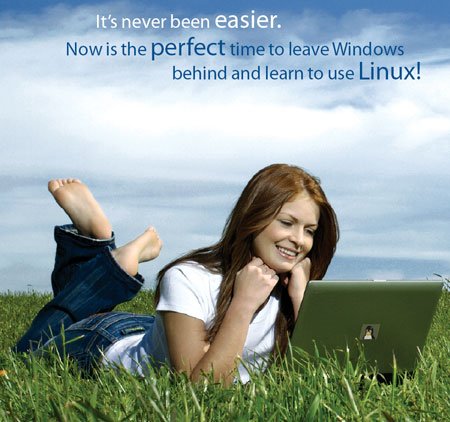You Can Switch to Linux!
We just posted an updated version of this guide , which uses the latest version of Ubuntu, 7.10 (Gutsy Gibbon).

Which brings me to the biggest problem with Linux: the paralyzing number of choices every user must make. There are literally tens of thousands of apps for Linux, ranging from vital software that every end user needs—web browsers, word processors, and Wi-Fi drivers—to the very trivial. Frequently, you’ll find 15 applications that do exactly the same thing, so you’ll need to experiment and discover which is best suited for you.
Writing a comprehensive Linux guide is a daunting process—and largely unnecessary. The Linux community does a great job of documenting most of its software, whether it’s the developers actually writing docs or the end users figuring things out and sharing the acquired info with their pals. All the information you need to get running is out there, if you know what to search for on Google, that is.
And that’s where I come in. Books have been written with solutions for all the potential pitfalls the Linux-switcher faces. However, those books are outdated the moment a new version of Linux is released. Instead of just telling you what to do, I’m going to tell you how to do things and explain why you’re doing them. I’m going to focus on the things that are truly a challenge (and poorly documented), but still give you a head start on the easy stuff.
Before you get started, you need to be prepared to be your own support system. While you can usually get help with Linux problems on different message boards on the web, before you do that, you need to make the effort to solve your own problems. Linux DIYers don’t have much sympathy for people who don’t make an effort to help themselves.
Copy This Article!

The biggest gaming news, reviews and hardware deals
Keep up to date with the most important stories and the best deals, as picked by the PC Gamer team.

